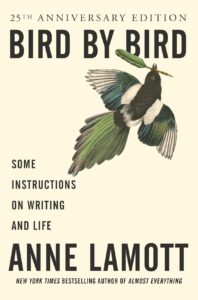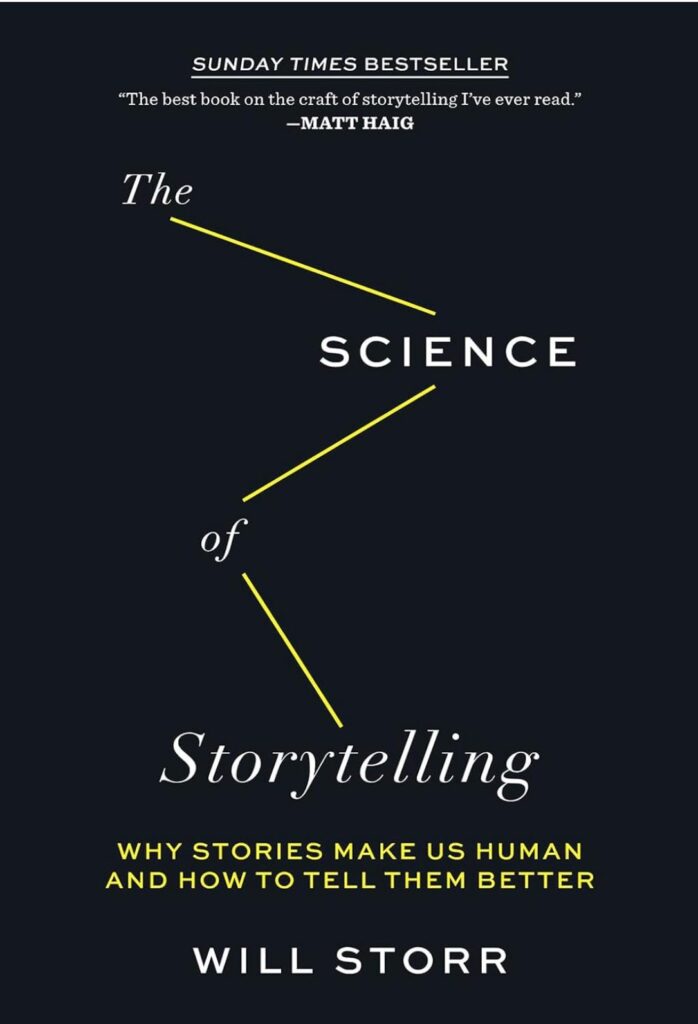Sensory writing is a powerful tool to create vivid, immersive scenes that draw readers into your story. By engaging all five senses—sight, sound, smell, taste, and touch—you can bring your world to life and make your readers feel like they’re right there with your characters. Here are some tips to help you elevate your sensory writing:
Table of Contents
Toggle1. Engage All Five Senses
Many writers focus on sight alone, but to create truly immersive scenes, you need to engage all five senses. Think about how your characters experience the world around them. What do they hear, smell, taste, or feel physically? This helps readers connect on a deeper level.
Tip: After writing a scene, ask yourself: Have I included at least two or three senses? Go back and weave in sound, smell, or touch if it’s missing. For example, the sound of a creaking barn door or the feel of hay scratching the skin can enhance the scene.
2. Don’t Overload Readers
While sensory details are important, don’t overwhelm readers with too much at once. Choose a few key details that will make the scene stand out. Focus on what’s relevant to the mood, character development, or action. Less is often more.
Tip: In a milking scene, focus on the rhythmic sound of the machine and the cool metal against the skin. Let the reader imagine the rest. This selective detailing keeps the scene rich without bogging it down with too much information.
3. Use Metaphors and Similes
Using metaphors and similes can enhance your sensory descriptions. They help readers visualize unfamiliar sensations by comparing them to something they know. Instead of saying “the air was cold,” you could say “the air was as cold as the first touch of winter.”
Tip: If your character feels overwhelmed, compare their sensations to something relatable. For example, “The machine tugged at her skin like the steady pull of a tidal wave, relentless and rhythmic.”
4. Layer in Emotions
Sensory details are even more effective when tied to emotions. How does the smell of fresh-cut grass make your heroine feel? Does the sound of a distant machine make her nervous or excited? Tying sensory experiences to emotions makes the scene more impactful.
Tip: Let sensory details reflect the character’s inner world. If she’s feeling anxious, the sounds of the farm might feel sharper or more pronounced. If she’s calm, those same sounds might fade into the background.
5. Create Contrast
Use contrast in your sensory writing to highlight changes in the environment or character emotions. For example, the harsh smell of disinfectant in a futuristic Hucow farm contrasts with the warmth and comfort of the heroine’s body. These contrasts can heighten tension or shift the mood.
Tip: In a Hucow story, contrast the smooth, sterile texture of the machines with the softness of the heroine’s skin. This not only heightens the physical experience but also reflects the balance of control and submission.
6. Show Character Development Through Senses
As your character evolves, their sensory experiences may change. At the beginning, the setting might feel overwhelming or alien to them. As they grow more comfortable, those same sensory details might feel familiar, even comforting.
Tip: In a transformation arc, show how the heroine’s reaction to sensory details changes. At first, the feel of the milking machine might make her tense, but over time, it could become something she finds pleasure in.
7. Use Sound to Build Tension
Sound is often neglected, but it’s a powerful way to build atmosphere and tension. Think about how certain noises can make a reader feel—whether it’s the low hum of a machine, the distant moo of cows, or the creak of an old barn door.
Tip: Use sound to create a sense of isolation or anticipation. A quiet, rhythmic machine can amplify the heroine’s nervousness as she anticipates the next step in her transformation.
8. Smell to Evoke Memory
Smell is deeply tied to memory, both for your characters and your readers. A familiar or powerful scent can transport characters (and readers) back to a particular moment or create an emotional response.
Tip: Use scent to trigger emotions or memories in your heroine. Maybe the smell of fresh hay reminds her of her childhood, or the sterile, metallic scent of the machines makes her feel like she’s stepping into a new, unknown world.
9. Keep the Scene’s Purpose in Mind
Not every sensory detail will fit every scene. Always keep in mind the purpose of the scene—whether it’s to build tension, show character growth, or enhance intimacy. Let the sensory details support that goal.
Tip: In a breeding scene, for example, focus on touch and sound to emphasize the physicality and emotional intensity of the moment. In a transformation scene, you might focus more on how the body feels and the sounds of change happening around the heroine.
10. Practice Sensory Writing
Like any skill, sensory writing improves with practice. Take time to observe the world around you. Close your eyes and focus on what you hear, smell, feel, or taste. Then, try describing those sensations in your writing.
Tip: Next time you’re writing a scene, try writing a quick draft where you focus on one sense at a time. Then, weave those details together for a richer, more layered scene.
11. Use Weather to Affect the Scene
Weather can add an extra layer of sensory detail and mood to your scenes. Whether it’s the soft patter of rain, the warmth of sunlight, or the chill of wind, weather impacts how your characters feel and interact with their environment. It can also reflect or contrast with the emotional tone of the story.
Tip: Use weather to heighten emotion. If the heroine is feeling nervous, a storm might mirror her inner turmoil. Conversely, if she’s feeling peaceful, warm sunlight streaming through the barn can enhance that calmness.
12. Shift Sensory Focus During Key Moments
During high-tension or pivotal scenes, shifting the sensory focus can draw readers in. If your scene is about transformation or milking, zoom in on specific sensations. When a character undergoes a major shift, whether physical or emotional, focusing on one sense—like the tightening of skin or the sudden hum of a machine—can heighten the intensity.
Tip: When your heroine is undergoing transformation, focus tightly on her physical sensations—her skin tingling, the warmth spreading through her body, or the rhythmic pull of the milking machine. Narrowing sensory focus helps create a more intimate connection between reader and character.
13. Emphasize Texture
Texture is an underused but powerful tool in sensory writing. Whether it’s the softness of skin, the roughness of hay, or the cold smoothness of metal, describing texture brings your scene to life. Readers should be able to “feel” the setting through your words.
Tip: If your heroine touches a milking machine for the first time, describe the cold, hard metal against her skin or the soft tubing wrapping around her body. The textures she experiences can convey both discomfort and pleasure, depending on the scene.
14. Play with Light and Shadows
Light and shadow can set the mood and emphasize certain elements in a scene. Whether the scene is bathed in warm sunlight or cloaked in mysterious shadows, playing with light can create different emotional responses from your characters and readers alike.
Tip: In a scene set in a rustic barn, warm shafts of sunlight coming through the cracks in the wooden walls can create a cozy, safe feeling. In contrast, dim lighting in a futuristic facility might emphasize coldness or isolation. Light helps guide the emotional tone of the scene.
15. Use Sensory Overload or Deprivation
Sensory overload or deprivation can reflect a character’s mental or emotional state. When too many stimuli flood the senses, it can reflect panic or excitement. On the other hand, when the senses are dulled or deprived—perhaps the heroine is restrained in a cold, dark barn—this can symbolize submission, fear, or disorientation.
Tip: If your heroine is feeling overwhelmed, describe how every sound seems louder, every touch more intense. Alternatively, in a moment of submission, focus on the sensory deprivation—silence, darkness, and the absence of physical freedom, making her more attuned to subtle sensations.
Final Thoughts
Sensory writing can make all the difference in how immersive and engaging your Hucow story feels. By carefully layering sensory details, you can bring the farm, the transformation, and the power dynamics to life for your readers.
Whether you’re describing the sound of a milking machine, the smell of fresh hay, or the touch of soft skin, these details connect readers to the world you’ve built. Don’t rush through them—let your readers sink into the experience, and they’ll keep coming back for more.
References and More Information
Below are some resources where you can obtain more tips on sensory writing. I have used some of these as references both in this post and in the hucow writing as well:
Mastering Sensory Details by Writers Write
This article explores how to effectively incorporate sensory details into fiction writing, providing examples and practical advice to engage readers’ senses.Using All Five Senses in Writing by Now Novel
This guide offers tips on how to use all five senses—sight, sound, smell, taste, and touch—to create vivid and engaging scenes in your writing.The Power of Sensory Writing by ProWritingAid
ProWritingAid provides insights on how sensory details can transform storytelling, helping writers create immersive experiences that resonate with readers.Creating Sensory Rich Descriptions by The Creative Penn
This article explains how to craft sensory-rich descriptions in your writing, emphasizing the importance of engaging readers by appealing to their senses.







































